Going by the indicators released by the World Health Organisation (WHO) on their centralised portal to track progress towards UHC, India will have to strengthen its act.
India is among the 194 countries that are aiming to attain Universal Health Coverage (UHC) by 2030 under the commitment to attain Sustainable Development Goals (SDGs).
Going by the indicators released by the World Health Organisation (WHO) on their centralised portal to track progress towards UHC, India will have to strengthen its act.
WHO has designed a Universal Health Coverage Profile for member countries entailing four parameters of assessment.
The first parameter is reproductive, maternal, newborn and child health. India records aboout three crore pregnancies every year. Only 45.5 per cent of all pregnant women get full ante-natal care with around four visits by the nurse. Even less, 19.7 per cent have access to doctors’ services, according to data from the Health Ministry. India loses over 44,000 women to pregnancy-related complications every year, which means one woman dies every 12 minutes for want of care.
One child under the age of five years dies every two minutes in India due to Pneumonia and Diarrhea, the biggest killers of children in the country. Only 67.3 per cent population seeks care for child pneumonia.
The second parameter is the country performance on tackling infectious diseases. Only 39.5 per cent of the population has access to improved sanitation. There is no data on insecticide-treated nets to prevent vector-borne diseases in India. Only 41.4 per cent population seeks tuberculosis detection and treatment facilities while 44 per cent population is covered under HIV detection and treatment facilities.
The third factor is the burden of non-communicable diseases. About 30 per cent Indians have high blood pressure.
The fourth component of the assessment includes basic hospital access, density of health workers, access to essential medicines, and compliance with international health regulations. India has only six hospital beds per lakh and close to two surgeons per lakh population. Surgeons are posted at the district level where population crosses over a lakh, while physicians are required to be posted at Primary Health Centres (PHC) in villages.
WHO data shows that India has 0.70 physicians per 1,000 population and 0.30 psychiatrists per 1,000 population.
“Any country seeking to achieve UHC must be able to measure it,” said Dr Margaret Chan, Director-General, WHO.
“Data on its own won’t prevent disease or save lives, but it shows where governments need to act to strengthen their health systems and protect people from the potentially devastating effects of health care costs,” Chan added.
Link to WHO’s health data portal—http://apps.who.int/gho/cabinet/uhc.jsp.
![submenu-img]() Centre's strict warning to its employees on tardiness, suggests live location detection system for...
Centre's strict warning to its employees on tardiness, suggests live location detection system for...![submenu-img]() T20 World Cup: Pakistan survive Ireland scare, win by 3 wickets in their last league match
T20 World Cup: Pakistan survive Ireland scare, win by 3 wickets in their last league match![submenu-img]() 'Why don't you...': Rupali Ganguly slams troll who accused her of paid PR against Anupamaa actor Gaurav Khanna's wife
'Why don't you...': Rupali Ganguly slams troll who accused her of paid PR against Anupamaa actor Gaurav Khanna's wife![submenu-img]() NEET-UG 2024 exam row: Bihar Police recovers 6 post-dated cheques 'issued for question paper facilitators'
NEET-UG 2024 exam row: Bihar Police recovers 6 post-dated cheques 'issued for question paper facilitators'![submenu-img]() Renukaswamy murder case: Darshan, Pavithra Gowda's to remain in police custody till...
Renukaswamy murder case: Darshan, Pavithra Gowda's to remain in police custody till...![submenu-img]() Meet man, who once worked as stone breaker, sold tendu leaves, then cracked PSC exam to become...
Meet man, who once worked as stone breaker, sold tendu leaves, then cracked PSC exam to become...![submenu-img]() Meet IAS officer, IIT graduate who left high-paying job at Samsung, then cracked UPSC exam, got AIR..
Meet IAS officer, IIT graduate who left high-paying job at Samsung, then cracked UPSC exam, got AIR..![submenu-img]() Meet MIT graduate who secured 42nd rank in UPSC, is now suspended due to..
Meet MIT graduate who secured 42nd rank in UPSC, is now suspended due to..![submenu-img]() Railway Recruitment 2024: Sarkari Naukri alert for 1104 posts, check eligibility and selection process
Railway Recruitment 2024: Sarkari Naukri alert for 1104 posts, check eligibility and selection process![submenu-img]() NEET-UG exam row: 'Transparent process will be...,' assures Education Minister Dharmendra Pradhan to students, parents
NEET-UG exam row: 'Transparent process will be...,' assures Education Minister Dharmendra Pradhan to students, parents![submenu-img]() DNA Verified: Did Kangana Ranaut party with gangster Abu Salem? Actress reveals who's with her in viral photo
DNA Verified: Did Kangana Ranaut party with gangster Abu Salem? Actress reveals who's with her in viral photo![submenu-img]() DNA Verified: New Delhi Railway Station to be closed for 4 years? Know the truth here
DNA Verified: New Delhi Railway Station to be closed for 4 years? Know the truth here![submenu-img]() DNA Verified: Did RSS chief Mohan Bhagwat praise Congress during Lok Sabha Elections 2024? Know the truth here
DNA Verified: Did RSS chief Mohan Bhagwat praise Congress during Lok Sabha Elections 2024? Know the truth here![submenu-img]() DNA Verified: Is CAA an anti-Muslim law? Centre terms news report as 'misleading'
DNA Verified: Is CAA an anti-Muslim law? Centre terms news report as 'misleading'![submenu-img]() DNA Verified: Lok Sabha Elections 2024 to be held on April 19? Know truth behind viral message
DNA Verified: Lok Sabha Elections 2024 to be held on April 19? Know truth behind viral message![submenu-img]() From Jawan to Munjya, 5 films that showcased exceptional VFX and ruled box office recently
From Jawan to Munjya, 5 films that showcased exceptional VFX and ruled box office recently![submenu-img]() In pics: Raghubir Yadav, Chandan Roy celebrate success of Panchayat season 3 with TVF founder Arunabh Kumar, cast, crew
In pics: Raghubir Yadav, Chandan Roy celebrate success of Panchayat season 3 with TVF founder Arunabh Kumar, cast, crew![submenu-img]() How Kalki 2898 AD makers dared to dream pan-India with its unique promotional campaign for Prabhas-starrer
How Kalki 2898 AD makers dared to dream pan-India with its unique promotional campaign for Prabhas-starrer![submenu-img]() In pics: Prabhas' robotic car Bujji from Kalki 2898 AD takes over Mumbai streets, fans call it 'India's Batmobile'
In pics: Prabhas' robotic car Bujji from Kalki 2898 AD takes over Mumbai streets, fans call it 'India's Batmobile'![submenu-img]() Streaming This Week: Bade Miyan Chote Miyan, Maidaan, Gullak season 4, latest OTT releases to binge-watch
Streaming This Week: Bade Miyan Chote Miyan, Maidaan, Gullak season 4, latest OTT releases to binge-watch![submenu-img]() DNA Explainer: What is Kafala system that is prevalent in gulf countries? Why is it considered extremely brutal?
DNA Explainer: What is Kafala system that is prevalent in gulf countries? Why is it considered extremely brutal? ![submenu-img]() Lok Sabha Elections 2024: What are exit polls? When and how are they conducted?
Lok Sabha Elections 2024: What are exit polls? When and how are they conducted?![submenu-img]() DNA Explainer: Why was Iranian president Ebrahim Raisi seen as possible successor to Ayatollah Khamenei?
DNA Explainer: Why was Iranian president Ebrahim Raisi seen as possible successor to Ayatollah Khamenei?![submenu-img]() DNA Explainer: Why did deceased Iranian President Ebrahim Raisi wear black turban?
DNA Explainer: Why did deceased Iranian President Ebrahim Raisi wear black turban?![submenu-img]() Iran President Ebrahim Raisi's death: Will it impact gold, oil prices and stock markets?
Iran President Ebrahim Raisi's death: Will it impact gold, oil prices and stock markets?![submenu-img]() 'Why don't you...': Rupali Ganguly slams troll who accused her of paid PR against Anupamaa actor Gaurav Khanna's wife
'Why don't you...': Rupali Ganguly slams troll who accused her of paid PR against Anupamaa actor Gaurav Khanna's wife![submenu-img]() Renukaswamy murder case: Darshan, Pavithra Gowda's to remain in police custody till...
Renukaswamy murder case: Darshan, Pavithra Gowda's to remain in police custody till...![submenu-img]() Ahead of Sonakshi Sinha-Zaheer Iqbal's wedding, his sister welcomes actress in family, shares their photo with heart
Ahead of Sonakshi Sinha-Zaheer Iqbal's wedding, his sister welcomes actress in family, shares their photo with heart![submenu-img]() 'I don't take any bull****': Anurag Kashyap reacts to surge of entourage cost; blames producers, actors' agencies for...
'I don't take any bull****': Anurag Kashyap reacts to surge of entourage cost; blames producers, actors' agencies for...![submenu-img]() Watch: Aamir Khan breaks down, sings Babul Ki Duwayein Leti Ja in unseen video from Ira Khan-Nupur Shikhare's wedding
Watch: Aamir Khan breaks down, sings Babul Ki Duwayein Leti Ja in unseen video from Ira Khan-Nupur Shikhare's wedding![submenu-img]() Tiny but mighty: Buffalo calf fearlessly charges elephant to defend mom, viral video
Tiny but mighty: Buffalo calf fearlessly charges elephant to defend mom, viral video![submenu-img]() Viral video: Lavish celebration goes wrong as firecrackers injure baby and mother
Viral video: Lavish celebration goes wrong as firecrackers injure baby and mother![submenu-img]() Video of girl walking with tiger wearing hot dress goes viral, watch
Video of girl walking with tiger wearing hot dress goes viral, watch![submenu-img]() Meet Saurabh Netravalkar's wife, Devi Snigdha Muppala: An accomplished high achiever in her own right
Meet Saurabh Netravalkar's wife, Devi Snigdha Muppala: An accomplished high achiever in her own right![submenu-img]() Stolen Titian Renaissance painting found at London bus stop, set to sell for up to..
Stolen Titian Renaissance painting found at London bus stop, set to sell for up to..









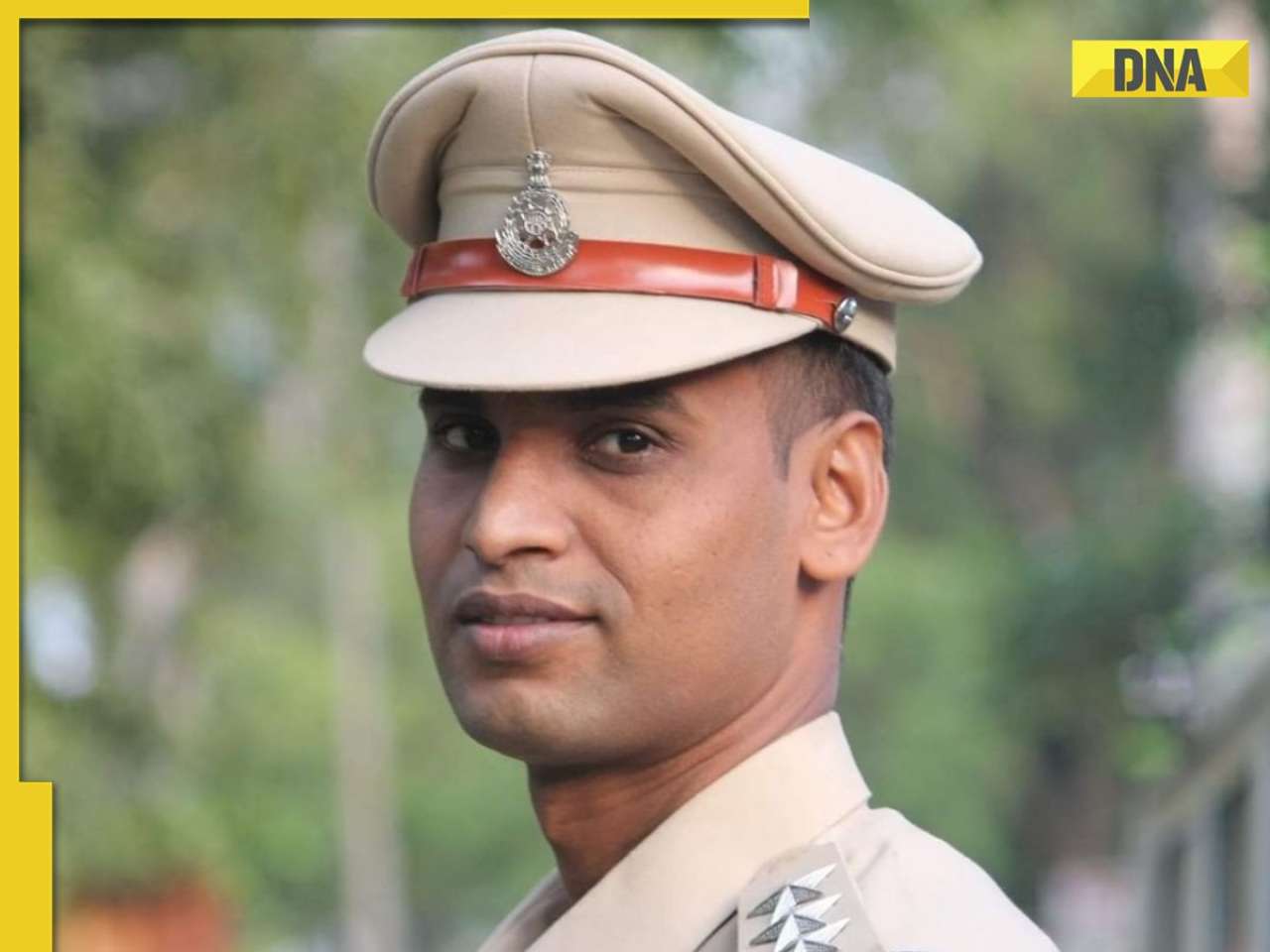














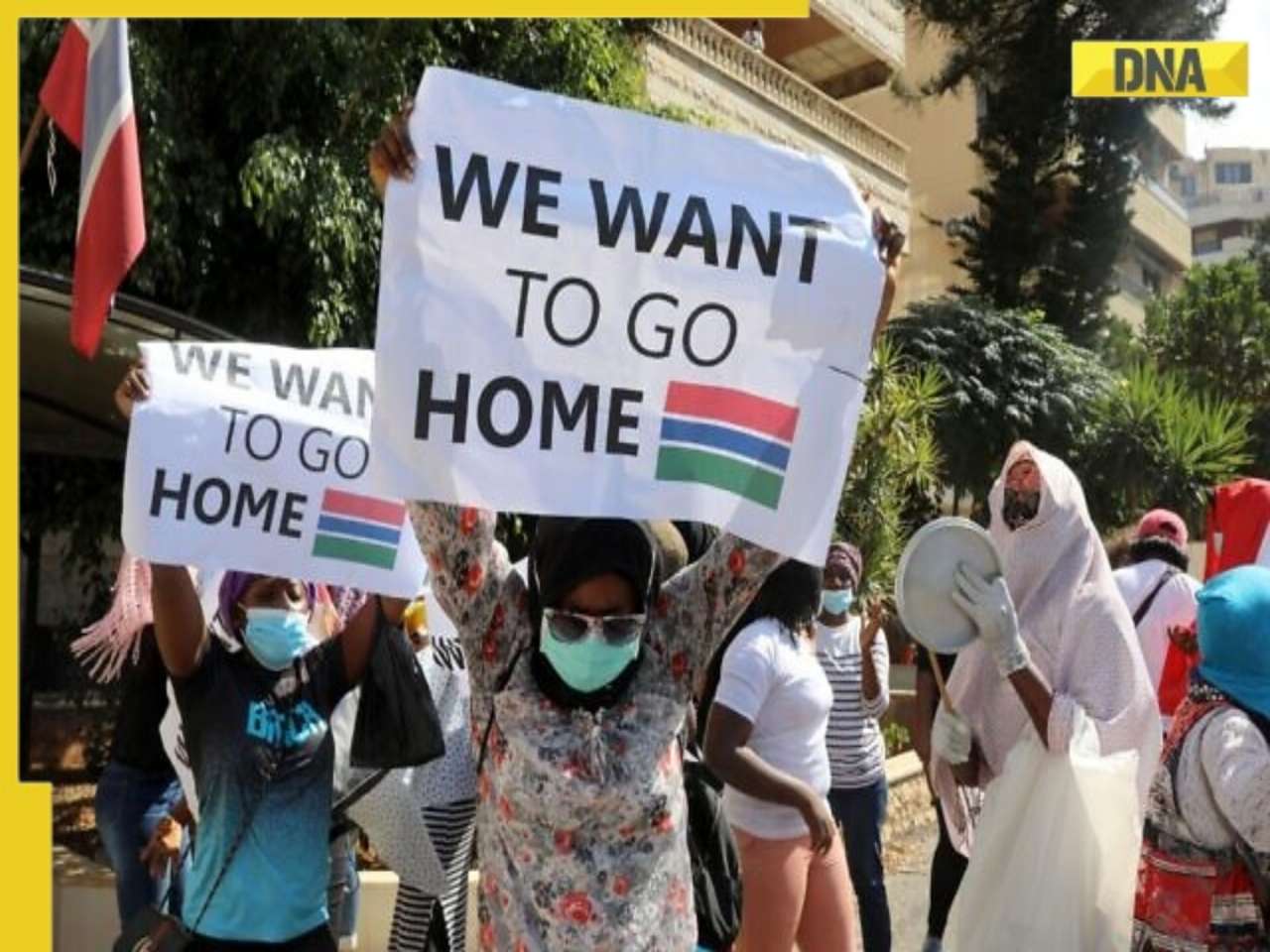
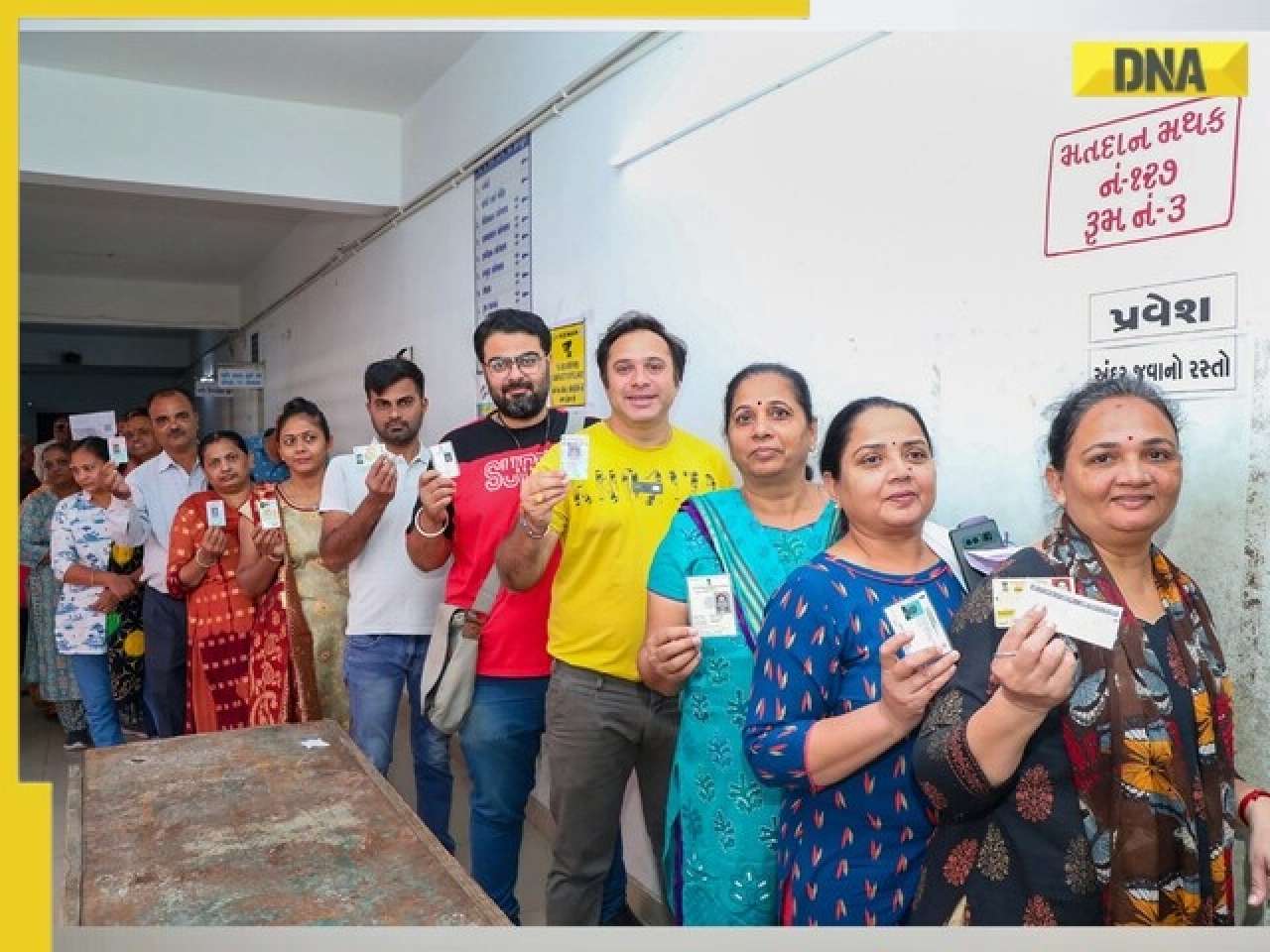












)


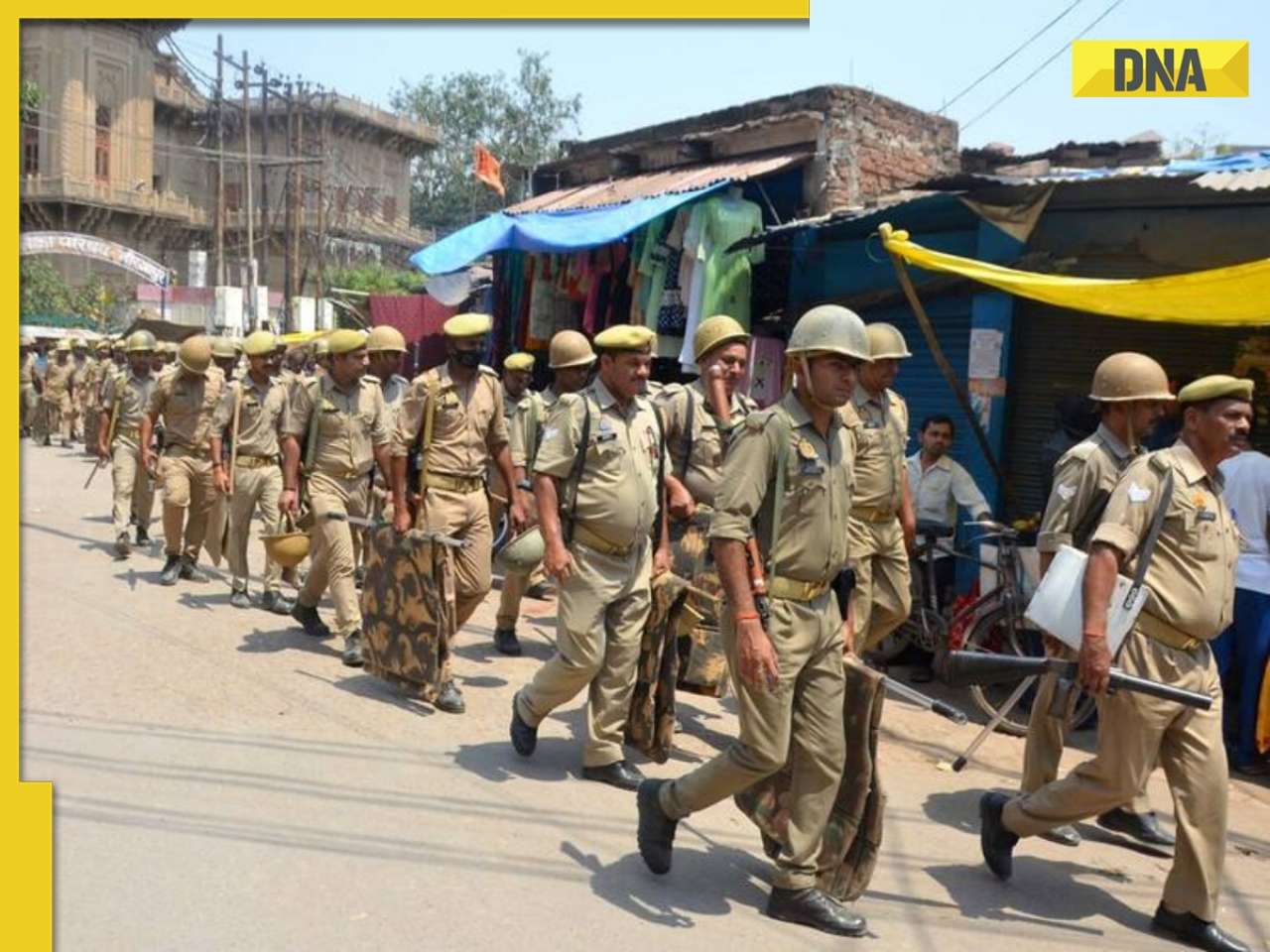

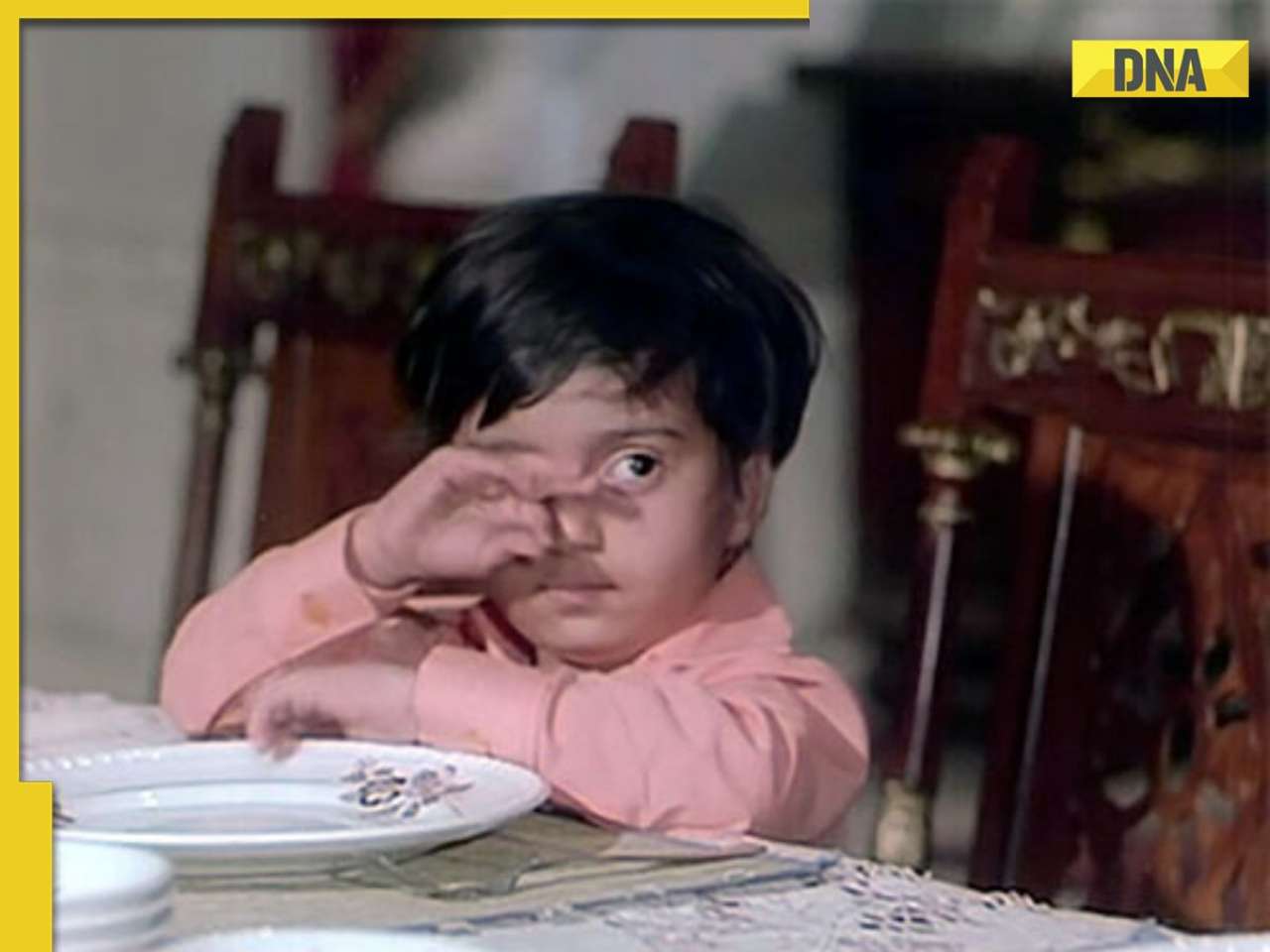




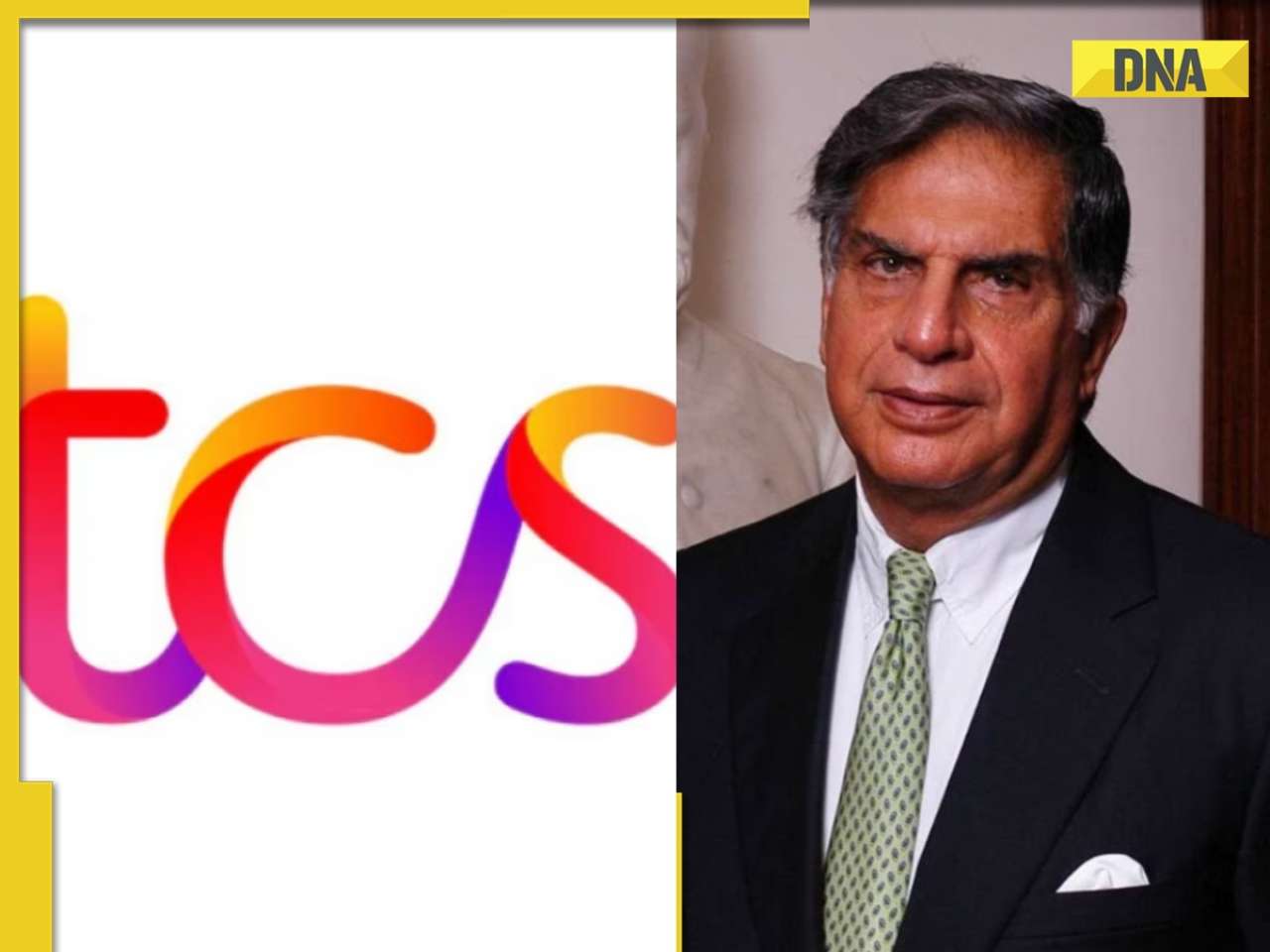
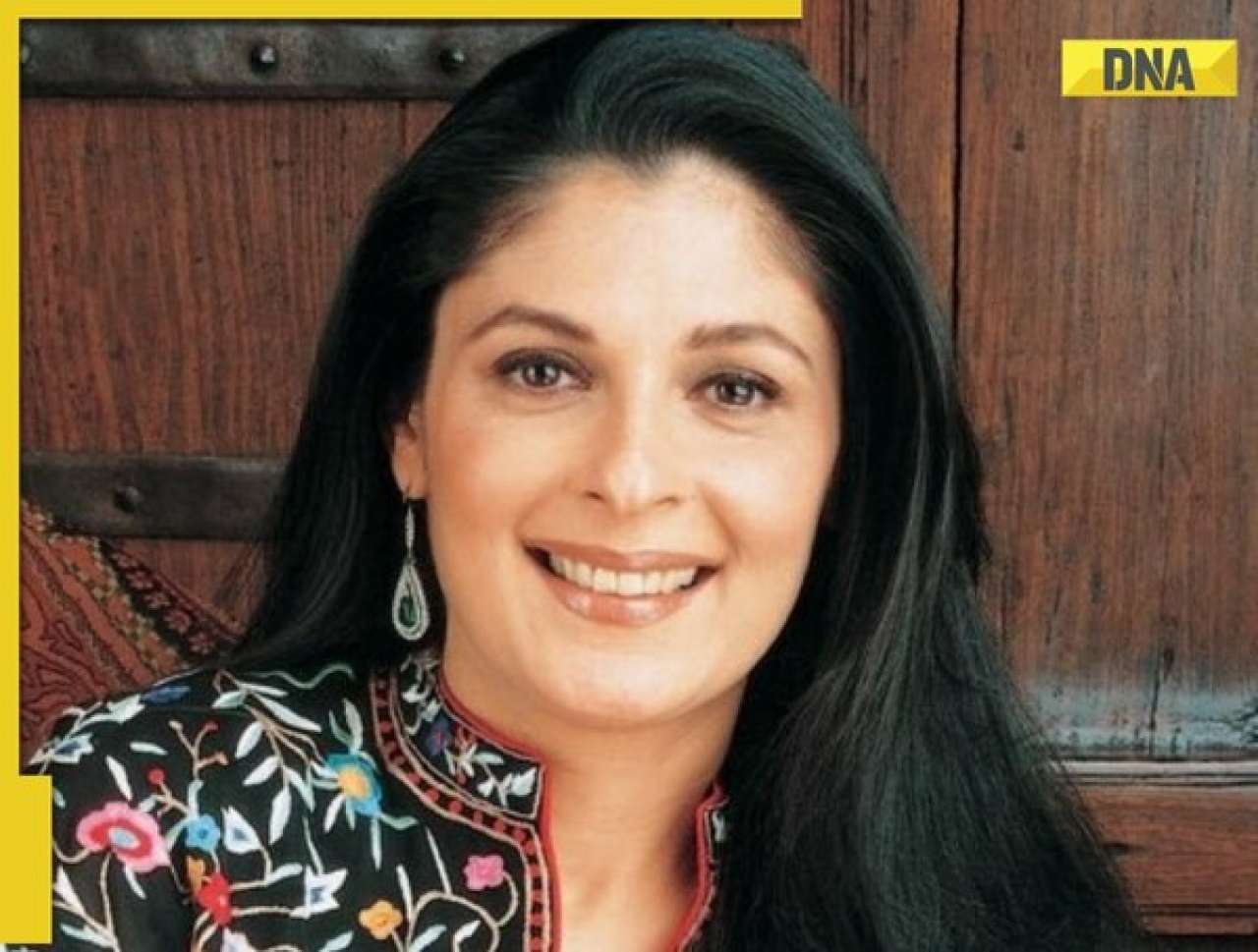






)
)
)
)
)
)